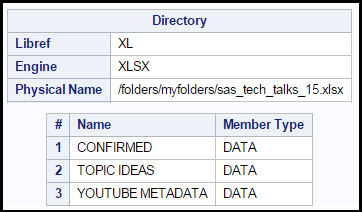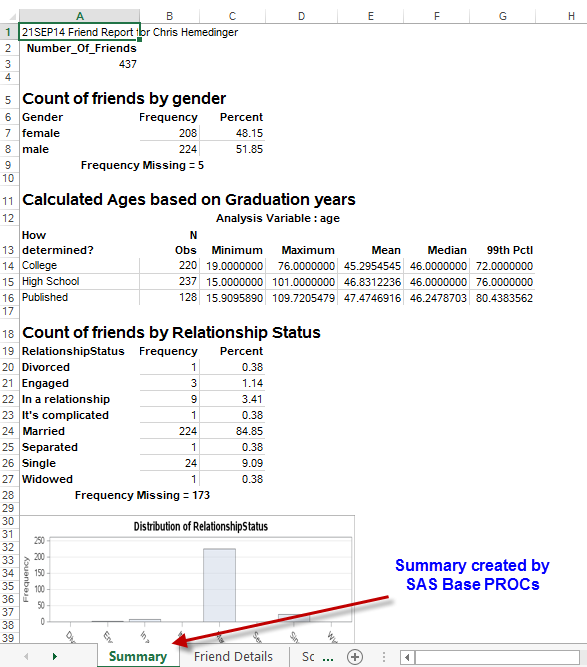
If you have been using SAS for long, you have probably noticed that there is generally more than one way to do anything. (For an example, see my co-author Lora Delwiche’s blog about PROC SQL.) The Little SAS Book has long covered reading and writing Microsoft Excel files with the








